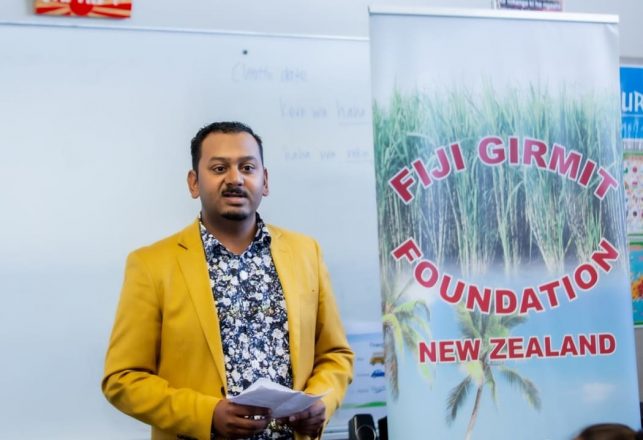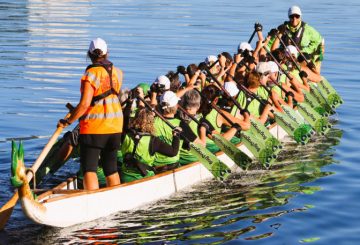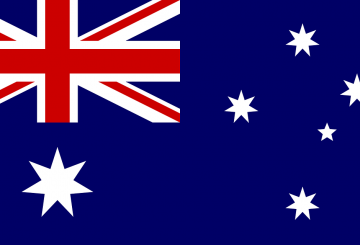Fijian-Indians living in New Zealand are missing out on support services in areas including health and education because they are being classified as Asians and not Pacific Islanders, a community leader has said.
President of the Fiji Girmit Foundation of New Zealand Krish Naidu (pictured) said that by not recognising Fijian-Indians as a Pacific community, the Government was preventing them from accessing the resources and support that are available to Pacific communities.
Minister for Pacific Peoples Aupito William Sio said that Statistics New Zealand’s classification for Fijian-Indians falls under “Asian” followed by an “Indian sub-classification”, rather than Pacific peoples.
“The StatsNZ classification…is in line with an ethnographic profile, which includes people with common language, customs and traditions. I am also informed that the ethnographic features of Fijian-Indians are not of a similar profile to those of indigenous Pacific peoples,” Sio said.
However, Massey University sociologist Professor Paul Spoonley said that there was a strong case for treating Fijian-Indians as Pasifika, because of their history and cultural identity.
“I personally would classify them as Pasifika if they come from Fiji. That has been my practice although what is confusing is the way official statistics are collected,” Spoonley said.
“Indians appear in a range of different categories, and it is not always clear that those answering ‘Indian’ also happen to be ‘Fijians’. StatsNZ do their best but unless they can link birthplace, Fiji, with ethnic classification, in this case Indian, many are classified as ‘Asian’.”
In the 2018 Census, about 15,000 people identified with the Fijian-Indian ethnic group. Naidu believed that the Fijian-Indian community was now much larger than this, and is the second-largest ethnic community from the Pacific.
The Girmit Foundation was formed in 2013 to represent and advocate for people of Fijian-Indian heritage. The foundation is calling for a formal review so that there could be at least a classification change in the next census.
“Most of us consider ourselves and identify ourselves as part of the Pacific peoples, but when our people knock on the door for assistance under this category, they are painfully turned away,” Naidu said.
Image credit: Fiji Girmit Foundation of New Zealand























































-helped-regain-her-strength-and-balance-using-Nymbl-after-a-fall.-660x440.jpg)


